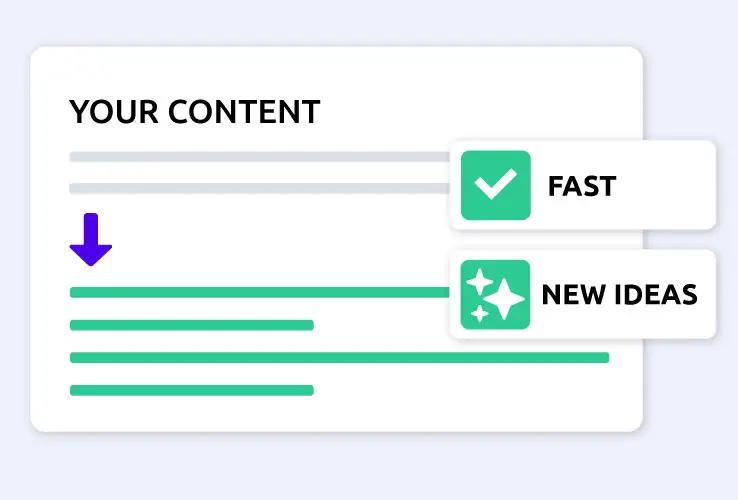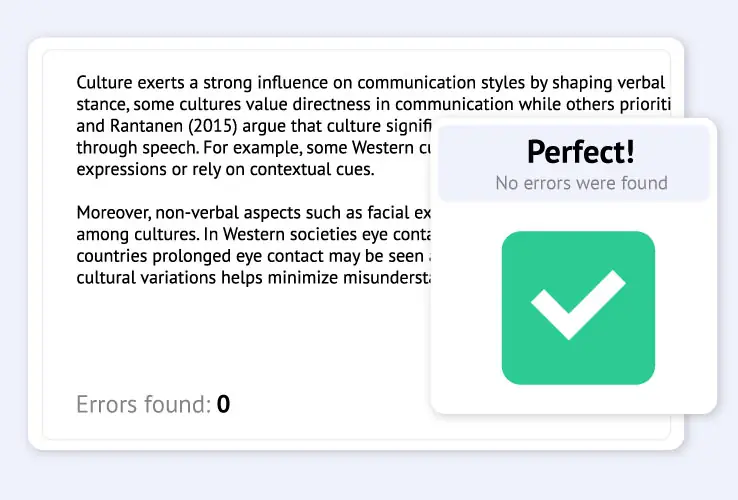Spanish Sentence Maker: Reliable Helper On Your Linguistic Journey

Customized Creation
Give our sentence maker a lead: a keyword, a topic, an idea or a general description. Maybe you've been assigned some words to use? We'll take them. Select the number of sentences you’d like to generate and set the tone.
Easy to Use, Easy to Learn
Whether you're a Spanish learner or a teacher, this simple helper will write sentences for you to demonstrate or master the proper word order and Spanish grammar basics. Get your results in seconds and copy them.
Structured Sentence Examples
Need sentence examples to study and follow? This tool gives you well-structured sentence suggestions, from simple constructions to more complex ones. Our sentence generator is perfect for improving your written and spoken Spanish.Use Spanish Sentence Generator To Excel
Do thoughts outrun your linguistic capabilities? We'll give them a boost. Kickstart your writing when you're all worded out. Connect two sections of your essay or add supplementary info into a final draft. Receive a full paragraph of text in properly structured Spanish: we're not just slapping a yellow filter on something filmed in Canada. Are you a bilingual user? Is one of your language packs multifunctioning? Forgot the simplest word? Grammatical structure won't switch in your head for some random reason? Reverse-engineer it with our Spanish sentence maker and back it up with Source Finder!

FAQ
How to create a Spanish sentence?
Draft a good sentence in English and analyze it. Define the person or thing doing the action — that’s your subject. The action performed is your verb, followed by an object related to the action. Translate these words, conjugate them, and put them in proper gender and numeral forms. If that’s a bit too intimidating, use our Spanish sentence generator and make an example sentence to study and follow!
How do you structure a Spanish sentence?
The basic structure of a Spanish sentence follows a subject-verb-object format, similar to English. Make sure there’s a proper agreement between subjects, verbs, and adjectives. Verbs should be conjugated to match the subject, and adjectives align with the noun's gender and number. Typically, an “-a” ending corresponds with a single feminine noun (“una chica alta” — “a tall girl”), while “-o” — with the masculine one (“un chico alto” — “a tall boy”). Plural form will look different, often ending in “-os”: “los niños altos” — “the tall children”. If you are not confident in your ability to form a Spanish sentence, add your words to our Spanish Sentence Maker and get full, properly-structured sentences.
How to use Spanish words in a sentence?
When communicating in English, you will hear many terms and phrases borrowed from Spanish-speaking countries and communities. Do not blindly parrot what you hear! You must stay aware of the cultural and situational context the words were used in. Only feel free to repeat a particular phrase when you make sure it’s okay by asking a community member, researching it, or by examples of other people using it respectfully.
What are some common Spanish sentences?
Phrases that are useful in everyday conversations can help build your basic Spanish skills. “Hola, ¿cómo estás?” — “Hello, how are you?” “Me llamo [x]!” — “My name is [x]!” “¿Dónde está el [x]?” — “Where is [x]?” A simple Spanish sentence structure looks like this: “La niña lee un libro en la biblioteca.” — “The girl (subject) reads (verb) a book (object) in the library.” “Tengo mucha hambre, ¡a comer!” — “I’m very hungry, let’s eat!”